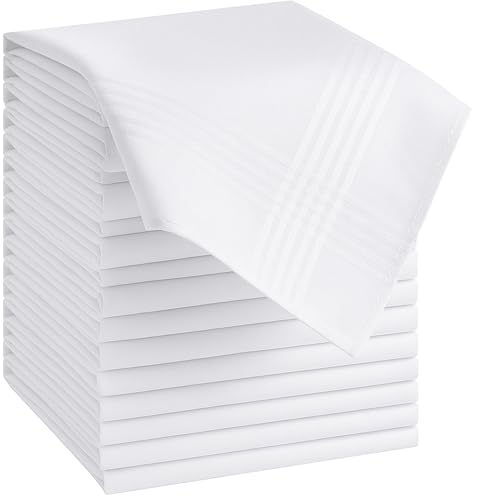Understanding the difference between a handkerchief and a napkin
Handkerchiefs and napkins are two items that may seem similar, but they serve very different purposes. Knowing the difference between the two can help you avoid embarrassing moments at social gatherings or when shopping for the right item for your needs.
Handkerchiefs are used for personal hygiene
A handkerchief is a small piece of fabric, usually made of cotton or linen, that is used for personal hygiene. It is meant to be carried in a pocket or a purse and used to wipe one’s nose, mouth, or face. Handkerchiefs are often monogrammed and come in various colors and patterns.
Napkins are used for dining etiquette
Napkins, on the other hand, are used for dining etiquette. They are larger than handkerchiefs and are made from various materials, such as cotton, linen, or paper. Napkins are meant to be placed on one’s lap during a meal to protect clothing from spills and stains. They are also used to wipe one’s mouth and hands during a meal.
Their sizes and materials are different
One major difference between handkerchiefs and napkins is their size. Handkerchiefs are usually smaller than napkins, measuring around 10 inches by 10 inches or less. Napkins, on the other hand, are larger, measuring around 20 inches by 20 inches or more.
Another difference is the material they are made from. Handkerchiefs are usually made from soft, absorbent fabrics that are gentle on the skin, such as cotton or linen. Napkins, on the other hand, can be made from a variety of materials, depending on their purpose. Cloth napkins are often made from cotton or linen, while paper napkins are made from a blend of wood pulp and other materials.
In conclusion, while handkerchiefs and napkins may look similar at first glance, they serve different purposes and are made from different materials. Understanding these differences can help you choose the right item for your needs and avoid awkward situations at social gatherings. Now that you know the difference, you can confidently use the appropriate item in the appropriate setting.






